Growatt SC 4860 – 48120 MPPT
Quick Details
Place of Origin:Guangdong, China
Brand Name:Growatt
Model Number:SC 48120
Type:MPPT
Application:Charger Controller, Solar Working Station, Voltage Controller, Solar System Controller
Work Time (h):Depend On Sun Duration
Max PV Power:1000W-7000W
Max PV Voltage:18V-145V
Certificate:CE
Warranty:5 Years
Product Name:Growatt Solar Charger Controller
System Voltage:12v/24v/48v Automatic Recognition
Battery Type:Sealed, Gel, AGM, Flooded, Lithium
Max. PV Power:1750W/12V; 3500W/24V; 7000W/48V
Max. Charging Current:120A
MPPT Efficiency:99.5%
Display:LCD Screen
Communication Port:USB, BMS
Protection Grade: IP20
Working Temperature:-20℃~+55℃
Product Description
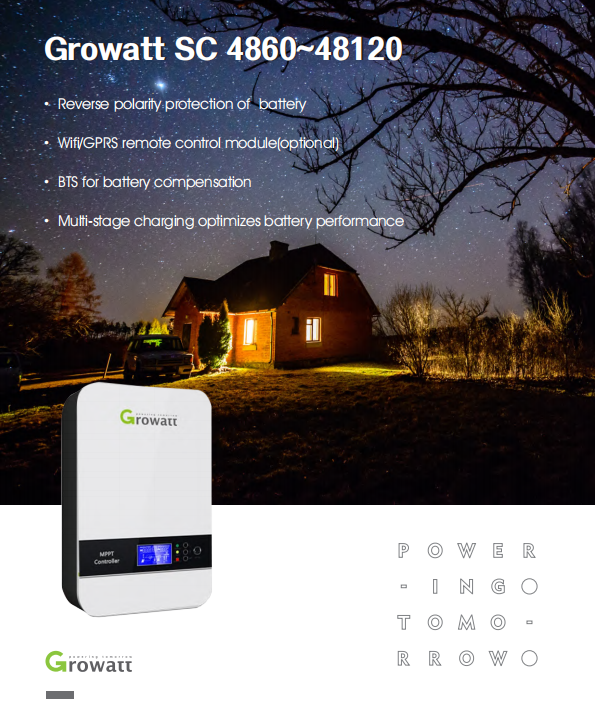
Reverse polarity protection of battely
wifi/GPRS remote control module(optional)
BTS for battery compensation
Multi-stage charging optimizes battery perfarmance
Total System Cost And Total Energy Production
Total System Cost: Notice that the first consideration, total system cost, is not the same as comparing the cost of the central inverter to the cost of the aggregate number of string inverters needed to handle the same production of electricity. Here are the primary pros and cons related to system cost:
|
Inverter Type |
Pros |
Cons |
|
Central Inverters |
Lower DC watt unit cost.Fewer component connections. | Higher installation cost. Higher DC wiring and combiner costs. Larger inverter pad footprint. |
|
String Inverters
|
Lower balance of systems costs. Lower ongoing maintenance costs. Simpler design and modularity; ideal for limited inverter pad spaces. |
Higher DC watt unit cost. More inverter connections. Requires more distributed space to mount inverters. |
Total Energy Production: The efficiency of string inverters versus central inverters is essentially a wash, string inverters often may be slightly more efficient, but the difference is often negligible. Other key inverter differentiations related to system production are set forth below:
|
Inverter Type |
Pros |
Cons |
|
Central Inverters |
Optimal for large systems where production is consistent across arrays.Proven field reliability. | Less optimal for systems with different array angles and/or orientations. |
|
String Inverters |
Modularity of string inverters is better for systems with different array angles and/or orientations.Fewer arrays are impacted with one inverter failure. |
Newer and less field-tested product. |
Main Products
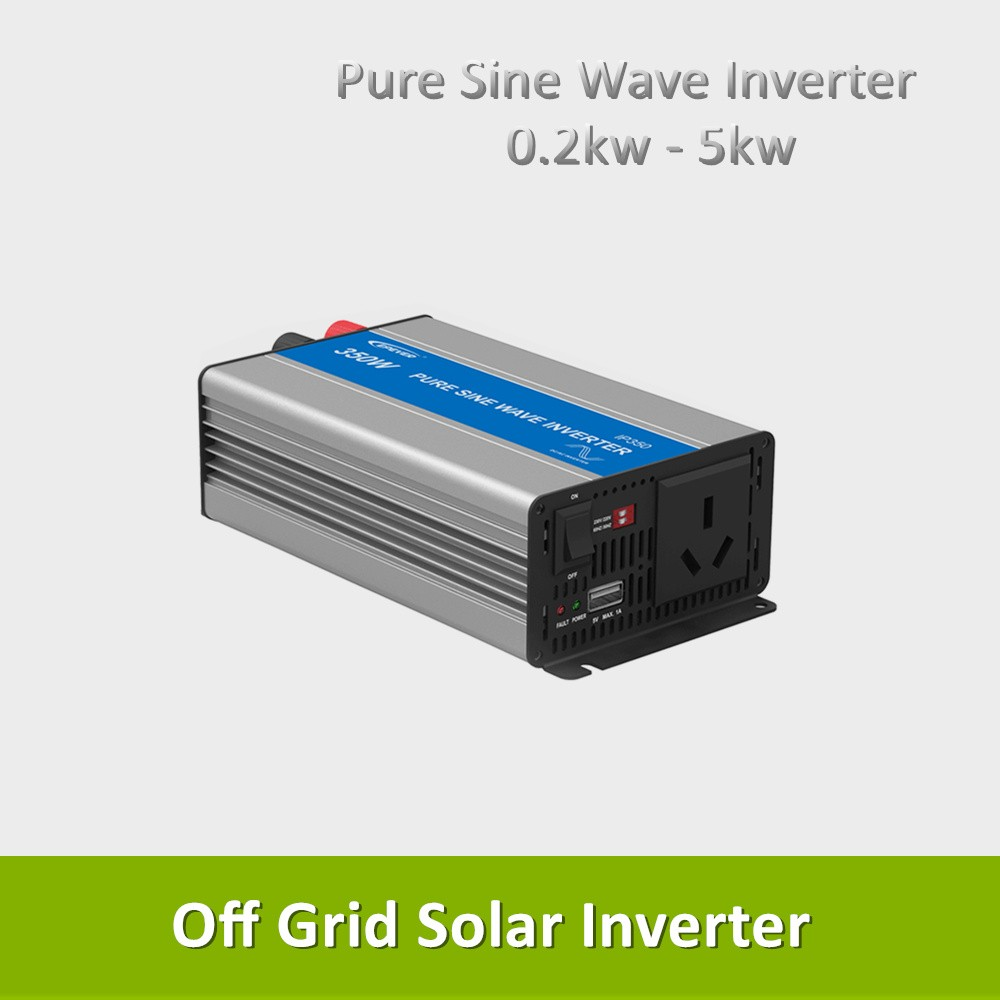
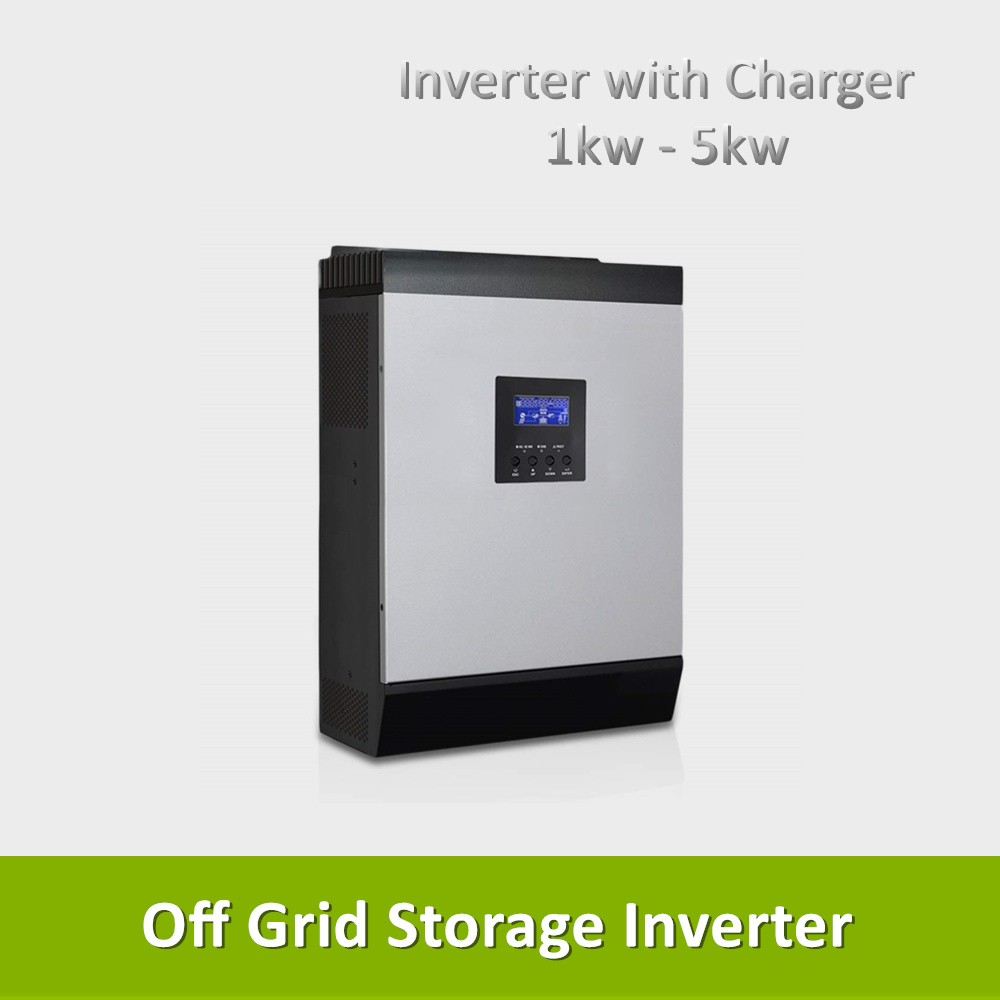
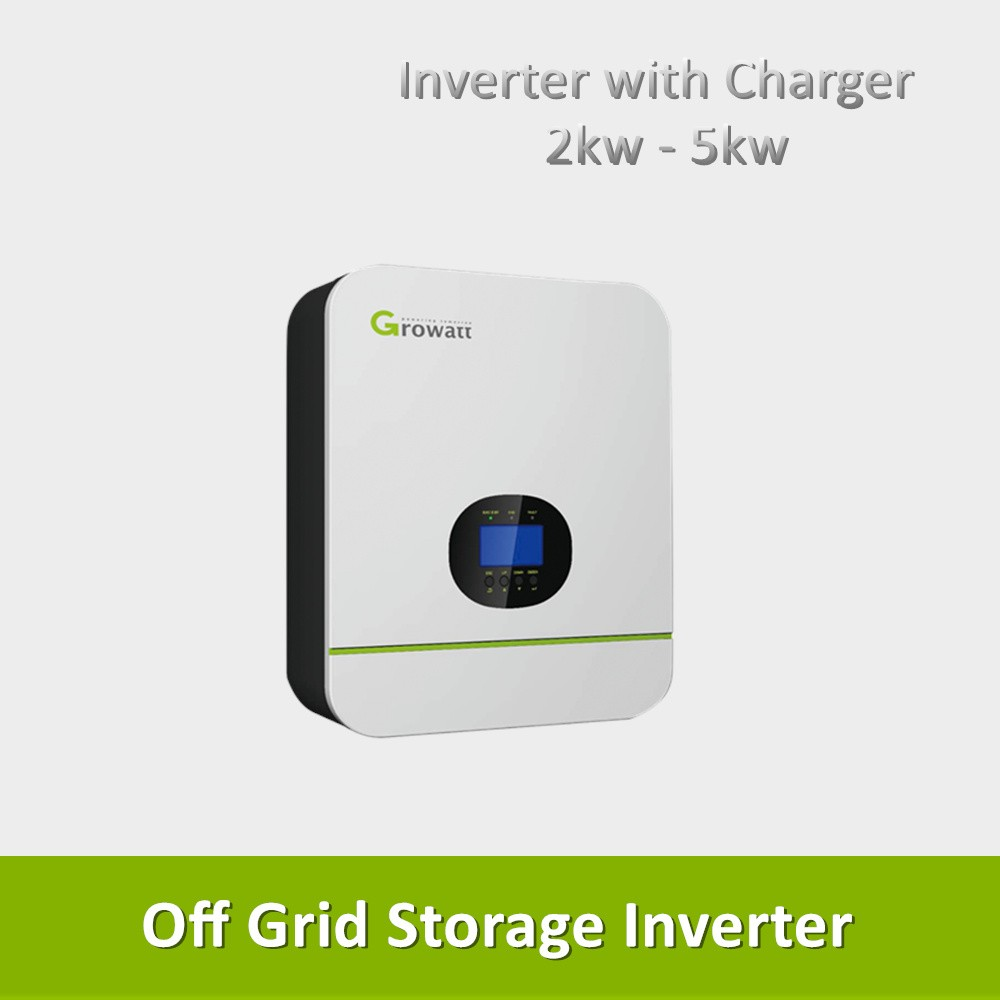
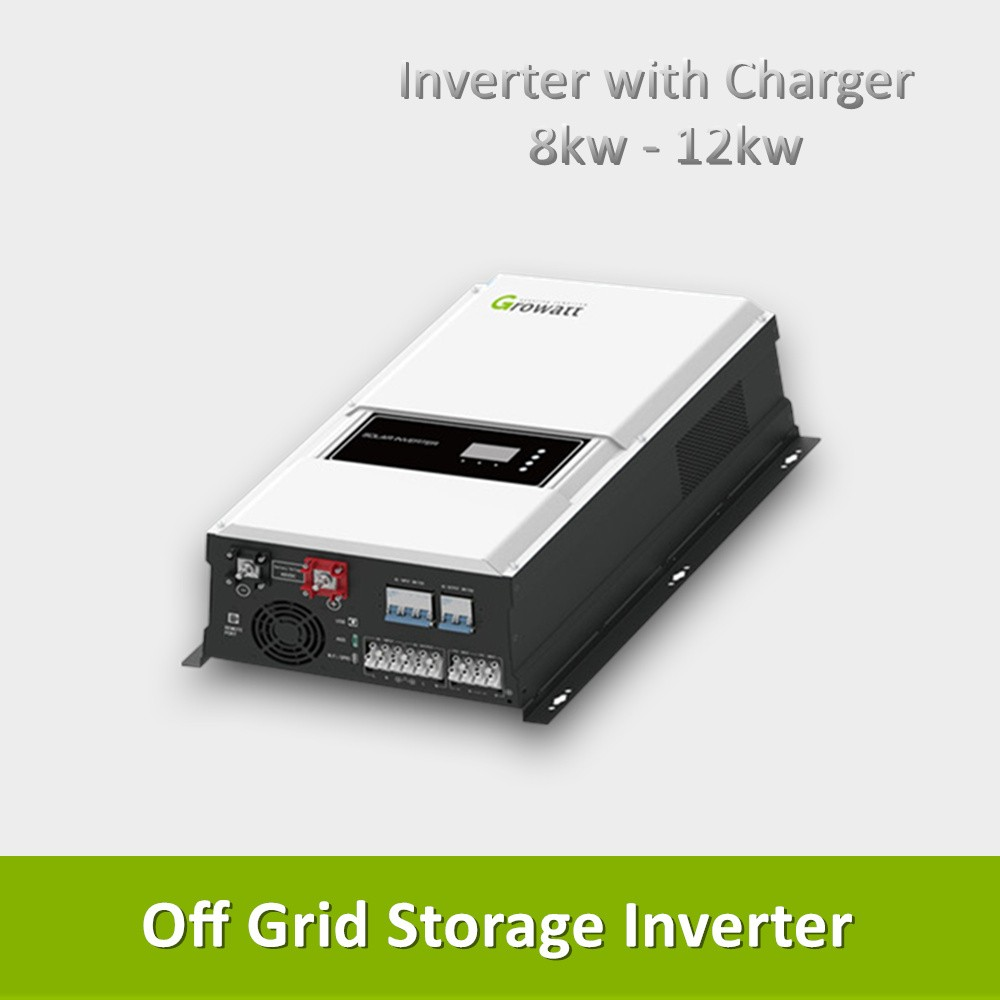
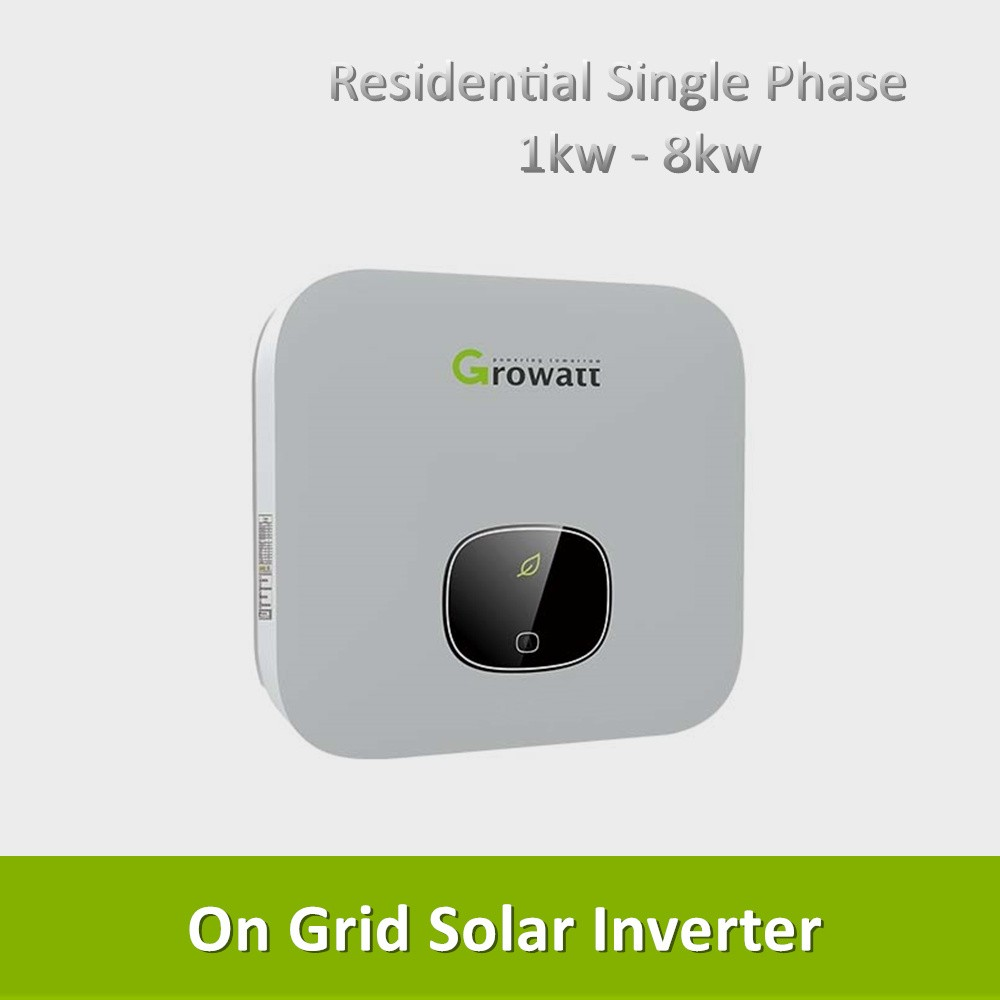
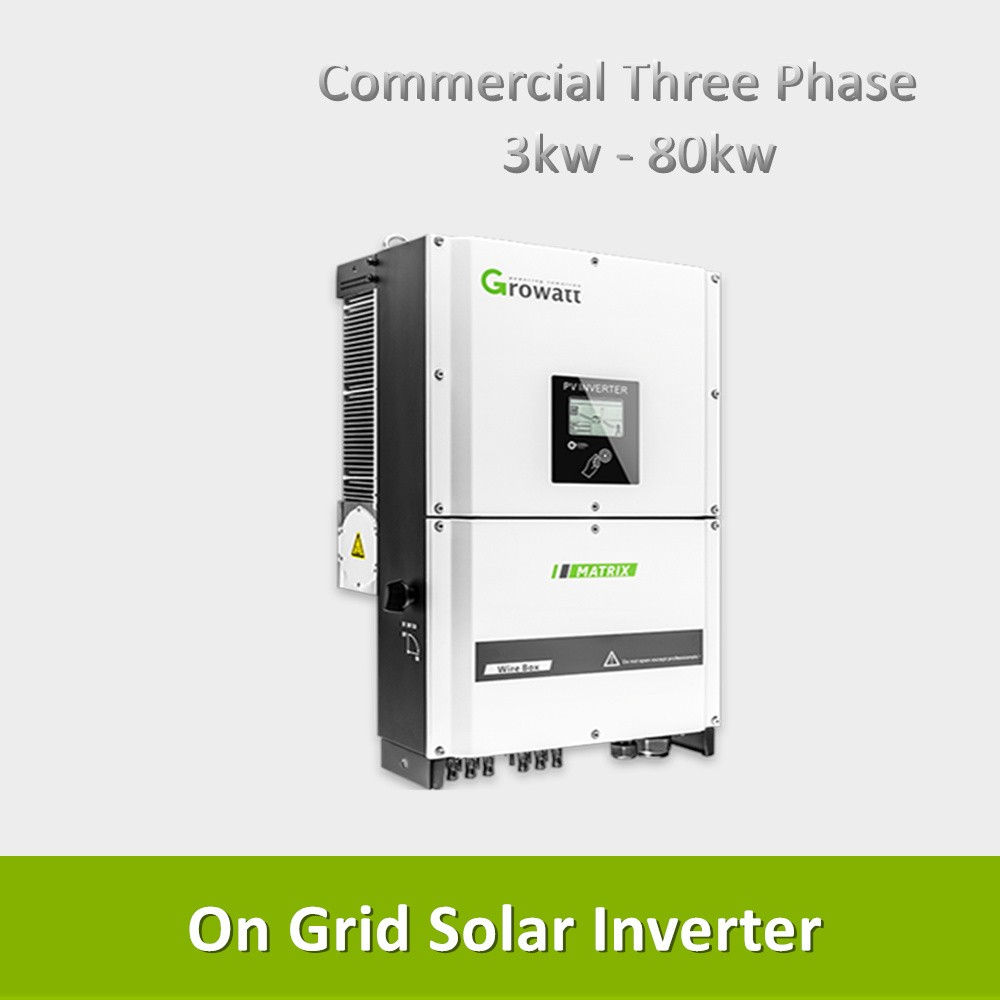
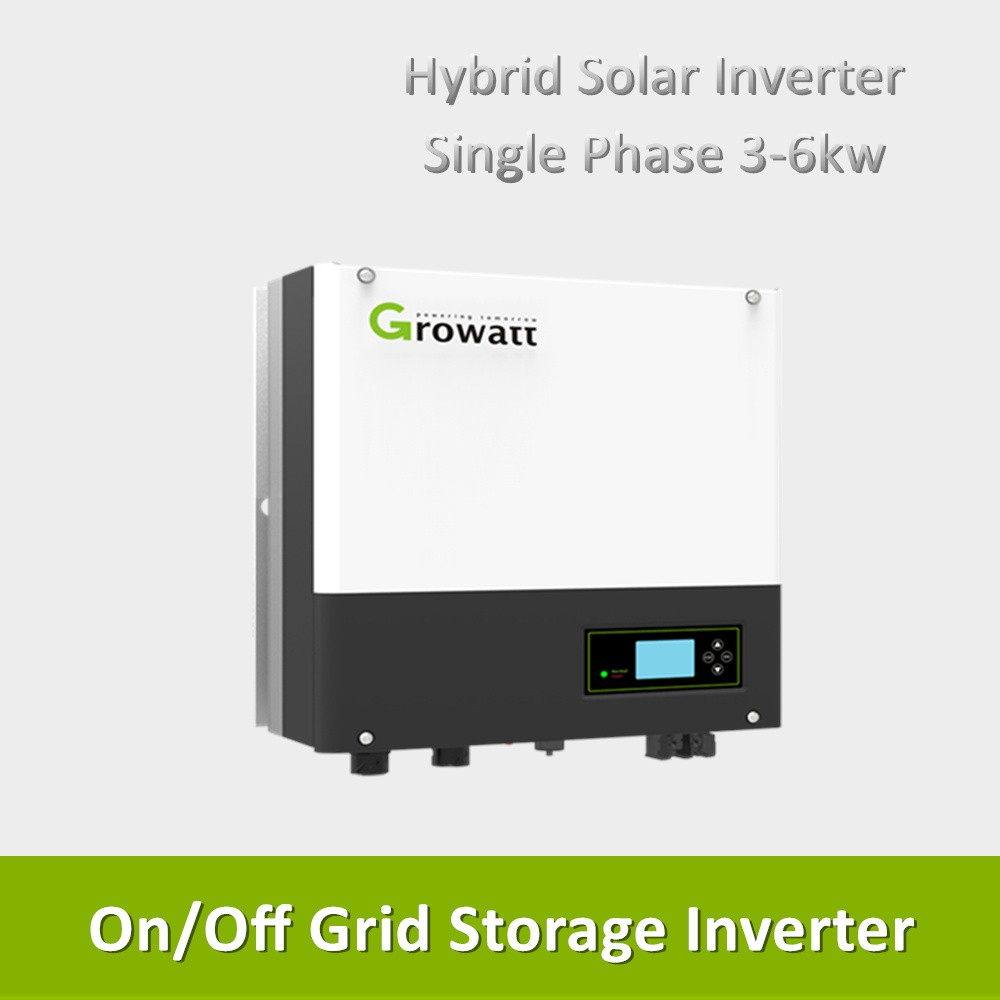
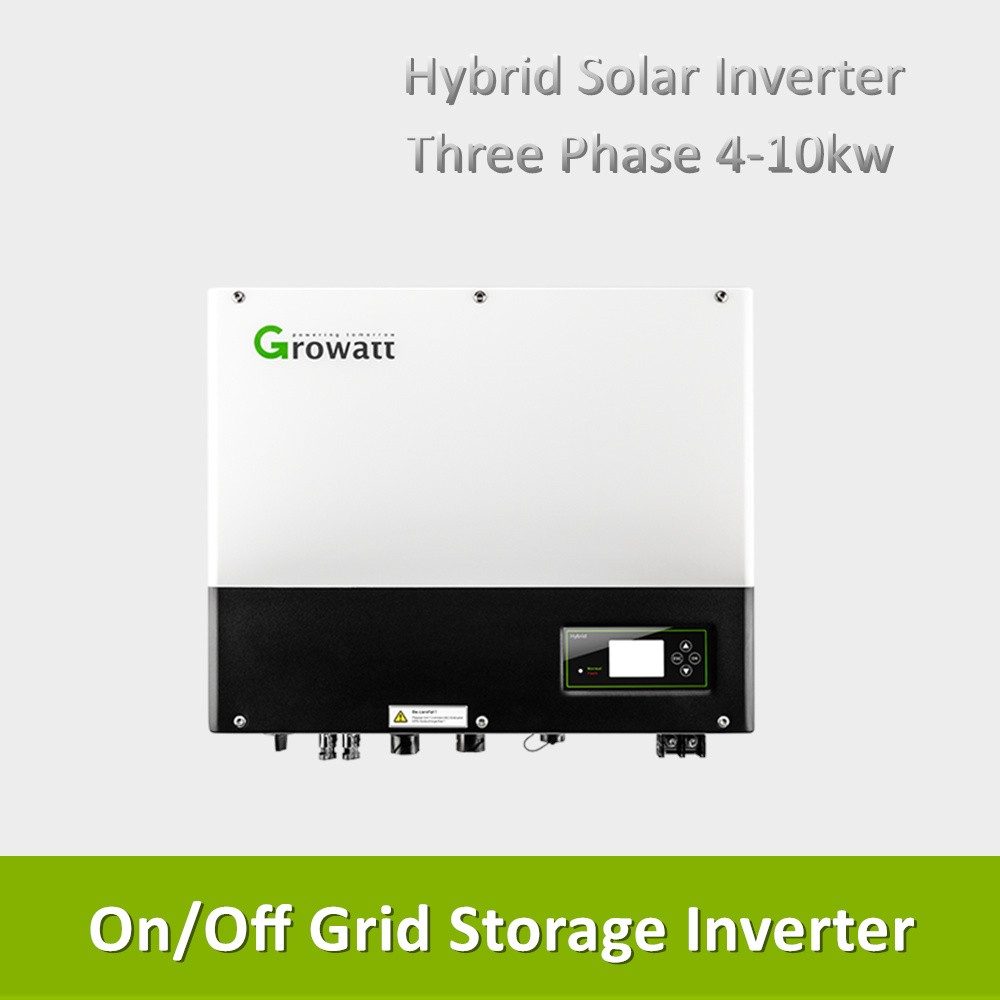
Technical Parameters
| Datasheet |
SC 4860 |
SC 4880 |
SC 48100 |
SC 48120 |
| Compatible Battery Nominal Voltage |
12V/24V/48V |
|||
| ELECTRICAL | ||||
| PV OPerating Voltage |
18~50Vdc@12V |
|||
| Max.PV Open Circuit Voltage |
150Vdc |
|||
| Max. Recommended PV Power |
1000W@12V |
1250W@12V |
1500W@12V |
1750W@12V |
| Max.Charging Current |
60A |
80A |
100A |
120A |
| Self Consumption |
2W |
|||
| MPPT Efficiency |
99.50% |
|||
| Max.Efficiency |
97.50% |
|||
| Protection |
Overload,high voltage, |
|||
| BATTERY CHARGING | ||||
| Battery Type |
Lithium/Sealed: AGM, Gel, Flooded,User define |
|||
| Charging Algorithm |
3-stage: Bulk, Absorption, |
|||
| Float Charge Voltage |
14.1V@12V |
|||
| Temperature Compensation |
13.6V@12V |
|||
| Max. output current |
-5mV/°C with BTS(Optional) |
|||
| CONMMUNICATION | ||||
| Conmmunication Port |
USB,BMS |
|||
| AC grid connection type |
3W+N+PE |
|||
| MECHANICAL | ||||
| Net Weight (kgs) |
3 |
3.2 |
3.9 |
4.1 |
| Gross Weight (kgs) |
3.7 |
3.9 |
4.5 |
4.7 |
| Dimensions (W/H/D) |
295/180/100mm |
320/200/105mm |
||
| Cooling |
Fan cooling |
|||
| Protection Degree |
IP20 |
|||
| ENVIRONMENT | ||||
| Ambient Temperature |
-20~55℃(Derating from 45℃) |
|||
| Storage Temperature |
-40℃~+60℃ |
|||
| Humidity |
100% non-condensing |
|||
| Altitude |
<2000m |
|||
FAQ
A:The solar inverter or PV inverter, is a type of electrical converter which converts the variable direct current (DC) output of a photovoltaic (PV) solar panel into a utility frequency alternating current (AC) that can be fed into a commercial electrical grid or used by a local, off-grid electrical network.
A:Solar inverters may be classified into three broad types:Stand-alone inverters, Grid-tie inverters,Hybrid solar inverters.
A:Stand-alone solar inverters, used in isolated systems where the inverter draws its DC energy from batteries charged by photovoltaic arrays.
A:Grid-tie solar inverters match phase with a utility-supplied sine wave. Grid-tie inverters are designed to shut down automatically upon loss of utility supply, for safety reasons. They do not provide backup power during utility outages.
A:Intelligent hybrid solar inverters, manage photovoltaic array, battery storage and utility grid, which are all coupled directly to the unit. These modern all-in-one systems are usually highly versatile and can be used for grid-tie, stand-alone or backup applications but their primary function is self-consumption with the use of storage.
A:Inverter is only accept AC input, but solar inverter not only accept AC input but also can connect with solar panel to accept PV input, it more save power.
A:Advanced solar pumping inverters convert DC voltage from the solar array into AC voltage to drive submersible pumps directly without the need for batteries or other energy storage devices. By utilizing MPPT (maximum power point tracking), solar pumping inverters regulate output frequency to control the speed of the pumps in order to save the pump motor from damage.
A:The decision on whether to use a central inverter or string inverters needs to be made on a case-by-case basis taking into account primarily two elements: (1) total system cost (including space constraints) and (2) total energy production.
Packaging & Delivery
Selling Units: Single item
Single package size: 35X28X21 cm
Single gross weight: 6.100 kg
Package Type: 1PC / Inner Box then with master carton
Lead Time:
| Quantity(Pieces) | 1 - 100 | >100 |
| Est. Time(days) | 15 | To be negotiated |
Contact Us
ALife Solar Technology Co., Ltd.
Phone/Whatsapp/Wechat:+86 13023538686
E-mail: gavin@alifesolar.com
Building 36, Hongqiao Xinyuan, Chongchuan District, Nantong City,China
www.alifesolar.com









